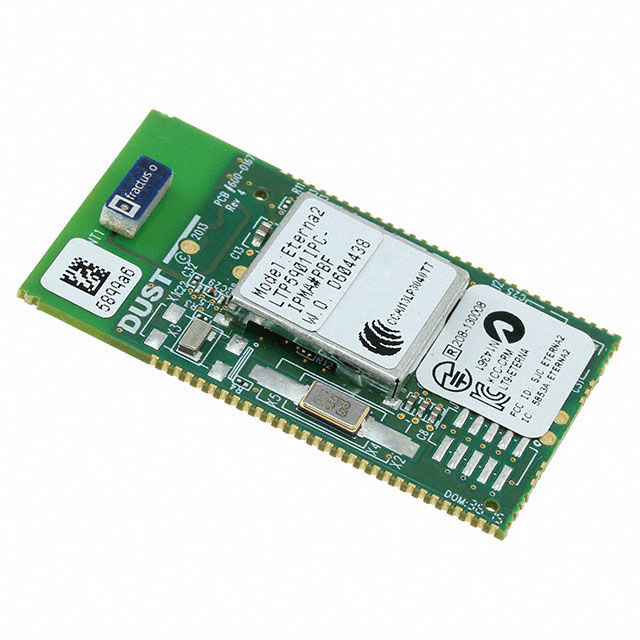What Are Sanders and Why Are They Essential Power Tools for Finishing Tasks?
- joddiemarshall6
- May 9
- 4 min read
When it comes to achieving flawless finishes, polishing rough edges, or preparing surfaces for painting, few tools match the efficiency and versatility of sanders. These indispensable power tools have revolutionised woodworking, metalwork, and construction by making surface preparation faster, cleaner, and more precise. Whether you’re a professional tradesperson or a DIY enthusiast, understanding different types of sanders and their applications can significantly improve the outcome of your projects.
Understanding the Basics: What Is a Sander?
A sander is a power tool designed to smooth surfaces by abrasion using sandpaper. The motorised action of sanders enables rapid material removal and consistent surface refinement. By eliminating manual sanding, these tools save time and reduce fatigue, especially during large or repetitive tasks.
Sanders come in various types, each optimised for specific materials and finishes. From orbital to belt to detail sanders, the variety available allows users to tackle everything from coarse removal to fine finishing.
Which Types of Sanders Are Commonly Used?
Each type of sander serves a distinct purpose. Choosing the right one depends on the material, surface area, and required finish.
Orbital Sanders
Ideal for smooth finishing on wood and plastic
Uses a square pad that moves in small circular orbits
Leaves a finer finish with minimal swirl marks
Lightweight and easy to control for beginners
Random Orbital Sanders
Combines orbital and rotary motion for superior smoothness
Uses round pads with hook-and-loop fastening
Suitable for both rough sanding and fine polishing
Versatile for wood, metal, and composites
Belt Sanders
Designed for heavy-duty material removal
Features a continuous loop of sanding belt
Effective for flattening large surfaces and stripping paint or varnish
Best used with care to avoid gouging soft materials
Detail Sanders
Also known as mouse sanders due to their pointed shape
Perfect for corners, edges, and tight spots
Suitable for light sanding or finishing tasks
Commonly used in furniture restoration and trim work
Disc Sanders
Stationary or handheld with a spinning abrasive disc
Great for smoothing end grain and curved surfaces
Often used in combination with other power tools for shaping
What Makes Sanders a Must-Have for Every Workshop?
Sanders are not just about saving time; they offer critical precision and finish quality that manual sanding cannot match. These tools can:
Remove surface imperfections and stains.
Prepare surfaces for painting or sealing
Shape materials with controlled abrasion
Improve productivity in large-scale projects
Ensure uniform finish across wide or irregular surfaces
Their ability to adapt to various materials—wood, metal, plastic, drywall—makes them essential across industries including carpentry, metal fabrication, automotive repair, and home renovation.
How to Choose the Right Sander for the Job?
Selecting the right sander involves evaluating the project's scope, surface type, and finish requirement. Here are some tips to guide your choice:
Use a belt sander for removing old finishes or shaping wood quickly
Choose a random orbital sander for all-around surface prep and finishing.
Opt for a detail sander when working on intricate or hard-to-reach areas
Go with an orbital sander for general-purpose sanding with a fine finish
Consider disc sanders for edge smoothing and specialised shaping
Matching sandpaper grit to your task is also crucial—coarse grits (40–60) for material removal, medium grits (80–120) for smoothing, and fine grits (150–220+) for finishing.
What Are the Key Features to Look for in a Sander?
A good sander not only performs well but also ensures safety, durability, and comfort during use. Prioritise features like:
Variable speed control for tailored sanding performance
An efficient dust collection system for cleaner workspaces
Comfortable grip and ergonomic design for extended use
Easy sandpaper attachment and replacement
Durable housing and motor components
For professionals, corded sanders are often preferred for their sustained power, while cordless versions offer unmatched mobility for quick or remote tasks.
Are Sanders Safe to Use?
While Sanders are generally safe, proper handling and precautions are necessary to avoid injury or material damage. Always:
Wear safety goggles and a dust mask
Ensure proper ventilation when sanding coated surfaces
Use clamps to secure workpieces when possible
Keep fingers and clothing away from the sanding surface
Let the sander reach full speed before touching the material
Regular maintenance, such as checking for worn parts and cleaning dust filters, also prolongs tool life and reduces hazards.
Where Does Sanders Fit Within the World of Power Tools?
In the broad category of power tools, sanders stand out for their role in finishing processes. Unlike drills or saws that are used for structural tasks, sanders are instrumental in enhancing aesthetic appeal and tactile quality. Their purpose complements other tools in any workshop, creating a well-rounded toolkit that covers both creation and refinement.
Sanders bridges the gap between coarse construction and polished craftsmanship, transforming raw workpieces into refined products ready for painting, sealing, or assembly. Their importance in final detailing makes them irreplaceable in achieving professional-grade results.
Why Do Sanders Remain Timeless in Construction and DIY?
As materials and techniques evolve, the need for reliable surface preparation tools continues to grow. Sanders continues to adapt with newer models offering better dust extraction, quieter motors, and compact designs. Their consistent value in reducing labour time and improving finish quality ensures their place in any toolkit, from seasoned builders to weekend DIYers.
Whether restoring furniture, finishing cabinetry, or prepping walls, sanders help turn good work into great work. They simplify challenging tasks while delivering clean, smooth, and professional results across all surfaces.



Comments